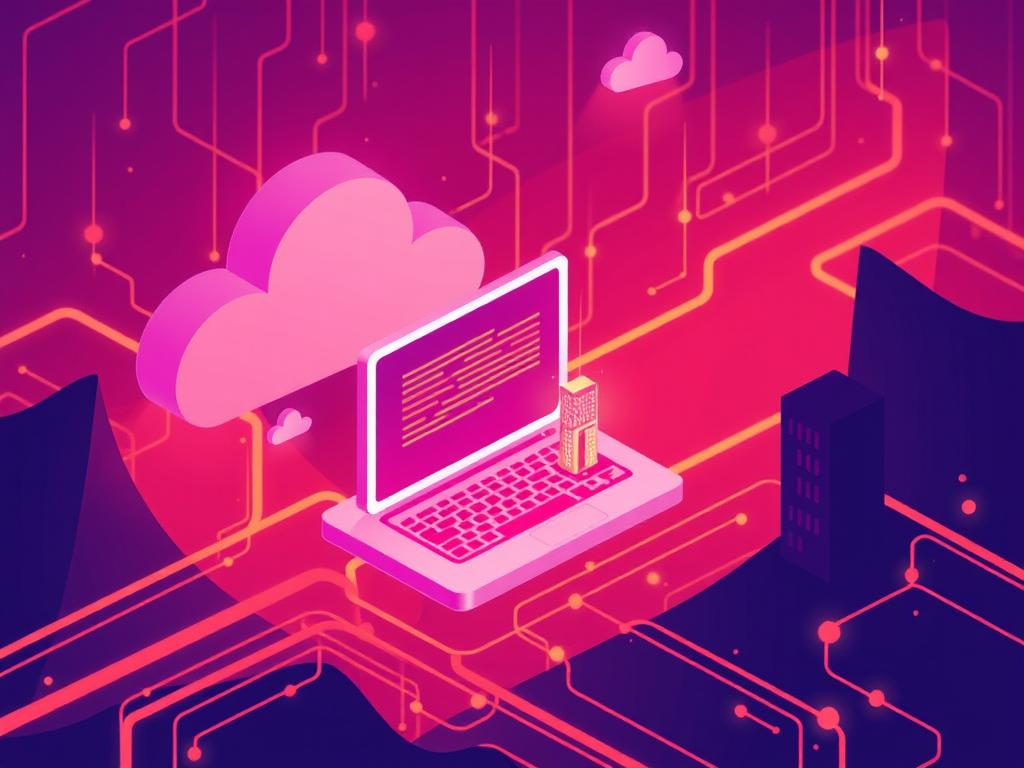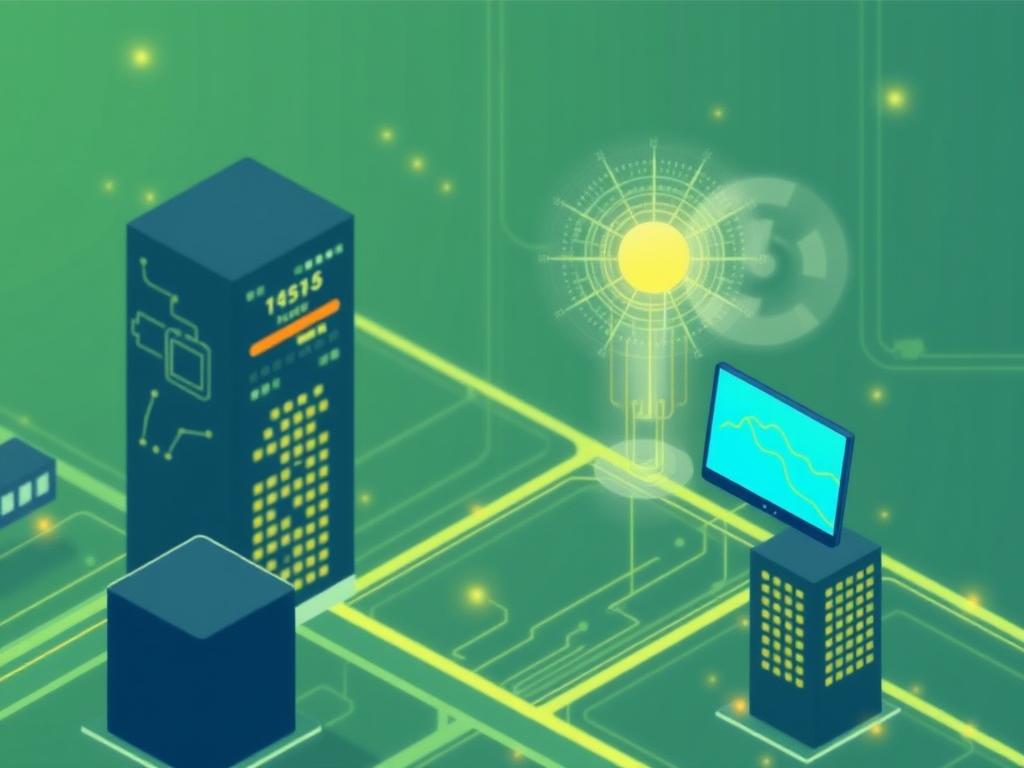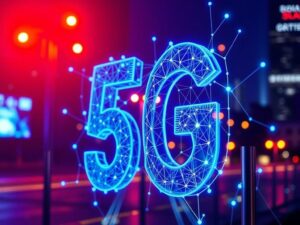Understanding Edge Computing
Edge computing is rapidly becoming a game-changer in the world of technology. At its core, edge computing refers to the practice of processing data closer to the source where it is generated rather than relying entirely on centralized cloud servers. Imagine a smart city where sensors in traffic lights, vehicles, or parking meters analyze and respond to data almost instantly – this real-time capability springs from edge computing. As more devices get connected through the Internet of Things (IoT), the need to process massive volumes of data locally has become crucial to reducing latency, saving bandwidth, and improving overall efficiency.
Unlike traditional cloud computing models that depend on remote data centers often thousands of miles away, edge computing decentralizes data processing. This proximity to the data source means faster decision-making. For enterprises, this translates to better customer experiences, enhanced security, and often significant cost savings over time. The rise of edge computing is thus not just a technical shift but a fundamental transformation in how businesses and everyday technologies function.
Why Edge Computing is Gaining Momentum
Several technology trends are fueling the rise of edge computing. First, the explosion of IoT devices plays a major role. From smart home gadgets to industrial sensors to autonomous vehicles, the number of connected devices is expected to reach billions in the near future. Each device generates data continuously, and sending all that data to the cloud for processing is impractical. This is where edge computing steps in, enabling data to be processed where it is generated.
Second, applications today demand ultra-low latency. Whether it’s augmented reality (AR), virtual reality (VR), or real-time analytics, waiting even a few milliseconds for data to travel to a distant data center can negatively impact performance. Edge computing pushes computing power closer to users and devices, allowing these applications to run smoothly.
Lastly, concerns over data privacy and security encourage local data processing. Sending sensitive information over long distances increases risks of data breaches. By operating at the edge, sensitive data can be analyzed locally, minimizing exposure.
Key Benefits of Edge Computing

To better understand why the rise of edge computing is significant, here is a table summarizing its key benefits:
| Benefit | Description | Impact |
|---|---|---|
| Reduced Latency | Data is processed closer to its source, minimizing delays. | Improved responsiveness for real-time applications. |
| Bandwidth Optimization | Only relevant data is sent to the cloud, reducing network load. | Lower costs and better network efficiency. |
| Enhanced Security | Local processing limits exposure of sensitive data. | Reduced risk of interception or breaches. |
| Scalability | Supports a massive number of devices by distributing workloads. | Reliable operation even in complex environments. |
| Resilience | Can operate independently of centralized cloud infrastructure. | Continuity of critical services even during network outages. |
How Edge Computing is Reshaping Industries
Edge computing is not a future trend—it’s actively reshaping multiple industries today. Let’s explore a few key sectors where it is making a mark:
- Healthcare: Edge computing enables real-time monitoring and analysis of patient data through wearable devices and remote sensors. This capability not only enhances patient care but also supports telemedicine by reducing latency and improving data reliability.
- Manufacturing: Smart factories leverage edge computing to optimize automation and predictive maintenance. Sensors on machinery can detect issues immediately, preventing costly downtimes and streamlining operations.
- Transportation: Autonomous vehicles and intelligent traffic systems depend heavily on local data processing. Edge computing allows for split-second decisions necessary for safety and efficiency on roads.
- Retail: Edge computing supports personalized customer experiences through in-store analytics and rapid inventory management. Retailers can respond in real time to customer behavior and supply chain fluctuations.
- Energy: Smart grids and renewable energy systems benefit from edge computing by balancing loads and managing distributed energy resources with improved reliability.
Challenges on the Road to Widespread Edge Adoption

Despite its many advantages, edge computing does face several challenges that must be addressed:
- Infrastructure Complexity: Managing a distributed network of edge devices requires sophisticated orchestration and monitoring tools.
- Security Risks: Although edge processing can enhance security, it also introduces new attack surfaces. Ensuring consistent security policies across a vast number of devices is difficult.
- Standardization: The lack of universally accepted protocols and standards slows down integration efforts between different vendors and platforms.
- Data Management: Determining which data to process locally versus send to the cloud requires intelligent data governance strategies.
The Role of 5G and AI in Accelerating Edge Computing
The rise of edge computing is closely intertwined with advancements in 5G networks and artificial intelligence (AI). 5G provides the ultra-fast, low-latency connectivity necessary for real-time edge applications. This synergy enables previously impossible use cases like remote robotic surgery or instant AR experiences.
At the same time, AI deployed at the edge brings intelligence directly to devices. Instead of sending raw data to the cloud for AI analysis, edge devices can run AI algorithms locally, providing quicker insights and reducing data transfer. The combination of 5G, AI, and edge computing is driving a new era of intelligent, distributed computing.
Edge Computing vs Cloud Computing: A Symbiotic Relationship

It’s important to note that edge computing doesn’t replace cloud computing; rather, the two complement each other. While edge computing handles immediate, local data processing needs, cloud computing excels at long-term storage, heavy computational tasks, and centralized analytics.
Here is a simple comparison to illustrate the strengths of each:
| Aspect | Edge Computing | Cloud Computing |
|---|---|---|
| Data Location | Local to device or network edge | Centralized in data centers |
| Latency | Ultra-low | Higher due to long-distance |
| Processing Power | Limited by edge device capabilities | Virtually unlimited |
| Data Volume | Processes immediate data only | Handles large-scale analytics and storage |
| Security | Local security controls | Centralized security management |
Future Trends in Edge Computing
Looking forward, edge computing will continue evolving alongside other tech innovations. Some exciting trends include:
- Serverless Edge Computing: Running function-based workloads without managing servers at the edge for greater flexibility.
- Edge AI Chips: Specialized hardware optimized for AI tasks will become widespread, enhancing on-device intelligence.
- Integration with Blockchain: Distributed ledger technologies could improve security and data integrity at the edge.
- Edge-to-Cloud Continuum: Seamless integration across edge and cloud environments, managed by unified orchestration platforms.
These advances will broaden the scope of what edge computing can achieve, making it an essential pillar of modern IT infrastructure.
Conclusion
The rise of edge computing represents a fundamental shift in how we manage and process data. By bringing computation closer to where data is generated, edge computing resolves many limitations of traditional centralized models, offering lower latency, improved security, and cost efficiencies. As IoT devices proliferate and applications demand ever-faster, smarter responses, edge computing is set to become the backbone of digital innovation across industries. While challenges remain, the rapid convergence of edge computing with 5G, AI, and cloud technologies promises an exciting future where intelligent systems operate seamlessly at the network’s edge, transforming everyday life and business in profound ways.




